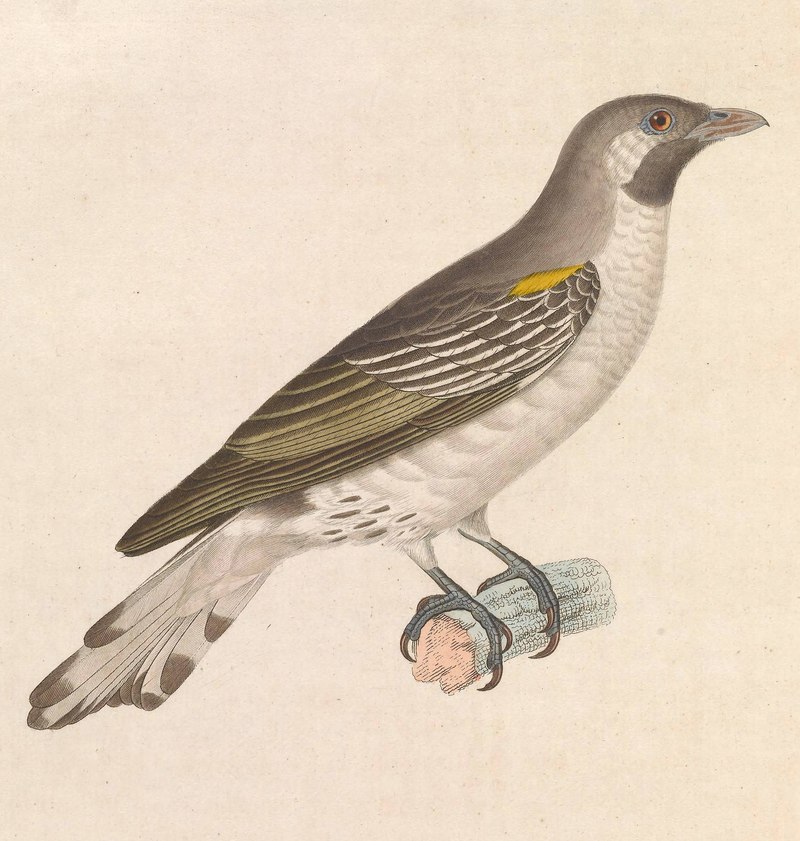|
| Query: bird | Result: 2499th of 32675 | |
Indicator albirostris = greater honeyguide (Indicator indicator)
| Subject: | Indicator albirostris = greater honeyguide (Indicator indicator)
| | Poster: | Wiki Photos (---@---.---)
| |

| Resolution: 1948x2048
File Size: 755235 Bytes
Upload Date: 2023:01:17 16:59:56
|
|
|